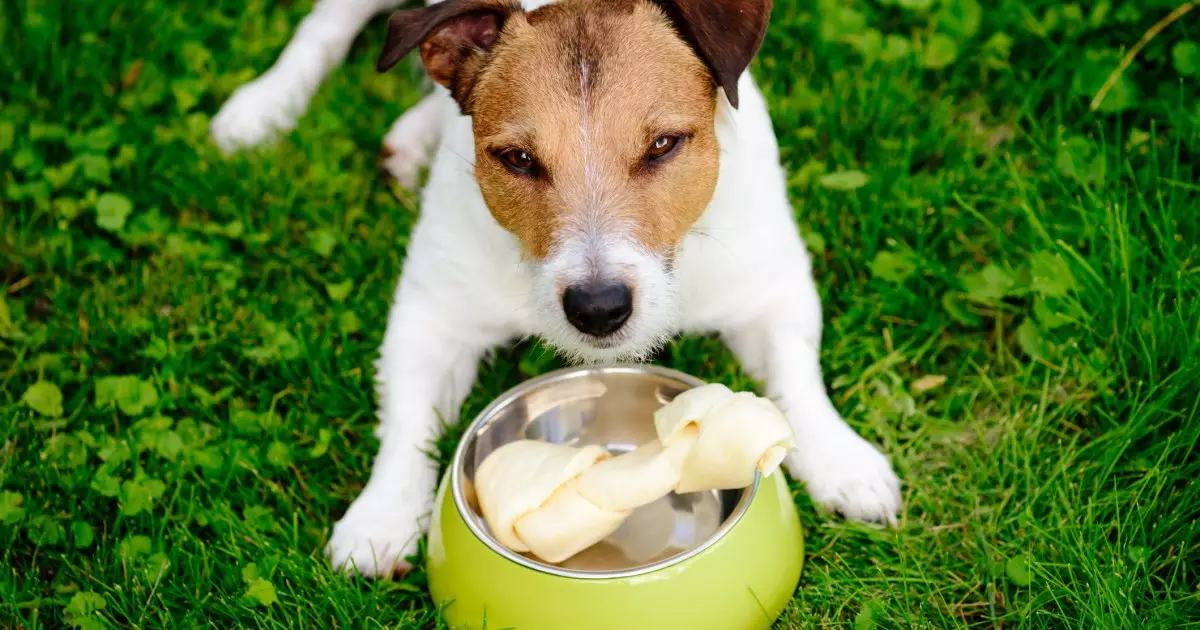Resource guarding is a behavior exhibited by dogs when they feel threatened by the proximity of people or other animals to something they deem valuable—most commonly food, toys, or their resting places. This instinctual behavior stems from ancestral survival tactics where safeguarding possessions was crucial. While some dogs may show minor signs of discomfort, others react with significant aggression, indicating their discomfort or fear of losing a cherished item.
At its core, resource guarding is a protective instinct. Dogs may growl, snarl, or position their body in front of a food bowl, creating an alarming matter for pet owners and other animals nearby. For example, a Cocker Spaniel may intensely defend its food against an approaching human, while a Labrador Retriever may snarl when a toy is threatened. This behavior is not merely defiance but is rooted in fear—they perceive any encroachment as a threat to their resources. Understanding this perspective is essential for effective training methods that can alleviate and manage the issue.
The canine mindset can often be summarized as: “In the past, relinquishing my favorite tennis ball led to it being taken away. Therefore, I must protect it at all costs.” This learned behavior, combined with instinct, creates a cycle of anxiety that can lead to aggressive confrontations, thus violating the natural balance within a home.
Before engaging with a dog displaying resource-guarding tendencies, recognizing the warning signs is critical. Observing behaviors such as intense growling, lip curling, or direct, unblinking eye contact signifies a dog that feels it must defend its valuables. In such cases, moving too close could trigger an aggressive response, leading to potentially harmful bites.
Responsible pet ownership means prioritizing safety while addressing these behavioral problems. This often requires the assistance of professional dog trainers or behaviorists who specialize in animal behavior modification.
The most suitable method for managing resource guarding is through desensitization. This involves gradually helping dogs form positive associations with human presence around their prized possessions. Punitive actions—such as scolding, yanking away their food, or chastising a dog—can exacerbate the situation, reinforcing negative behavior instead of diminishing it. Instead, the goal is to create a safe environment grounded in trust.
The process begins foremost at mealtime, a critical period for most dogs. Initially, maintain a generous distance that prevents any aggressive reactions. Provide treats that are far more enticing than their regular kibble. This approach reinforces the idea that the presence of humans is a positive experience rather than a threat. Over time, approach gradually, diminishing distance while consistently rewarding them with treats.
Additionally, when playing, use toys that aren’t the dog’s favorites to begin with. By trading valuable items for treats, dogs learn that relinquishing a toy doesn’t equate to loss but rather gain. This technique involves repeated exercises and scenarios, always varying your approach to deny predictability in the dog’s environment.
Creating Positive Experiences
Aside from food and toys, dogs may guard their favored resting spots, such as their beds. Initiating desensitization in these instances involves approaching their space with treats that are irresistible, creating a flow of positive reinforcements associated with human proximity. Gradually, as their comfort level increases, introduce measures that draw them away from these guarded spaces, reinforcing that movement from their spot can culminate in enjoyable outcomes.
These processes take time, and patience is paramount. It’s very important to remember that desensitization is not an overnight solution; rather, it requires weeks, if not months, of consistent reinforcement. Early intervention is ideal, promoting understanding and cooperation in dogs at a younger age.
Preventative Measures and Long-Term Solutions
To bolster a dog’s adaptation to resource sharing, it can be beneficial to introduce commands such as “leave it” or “off.” Reinforcing these commands with rewards fosters a better understanding of the dynamics between resource and human. Consequently, dogs learn that their items remain intact while experiences evolve positively.
Moreover, spaying or neutering pets often correlates with reduced aggression, further aiding in minimizing resource-guarding behavior. The ultimate goal is to ensure a harmonious living environment, allowing dogs to feel secure so that guarding becomes unnecessary. By applying systematic desensitization techniques, owners can foster a sense of safety, easing their dogs into more tranquil interactions surrounding their valued belongings.

